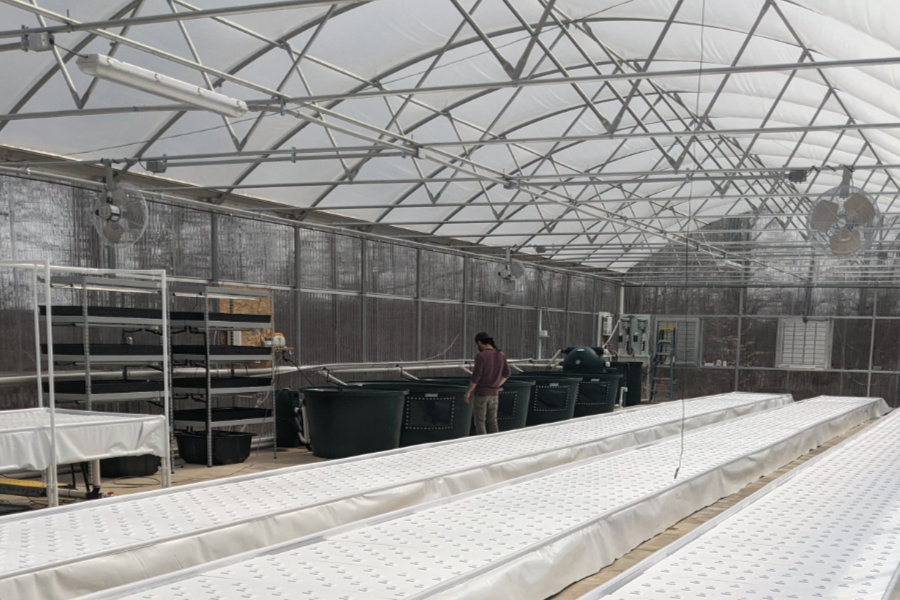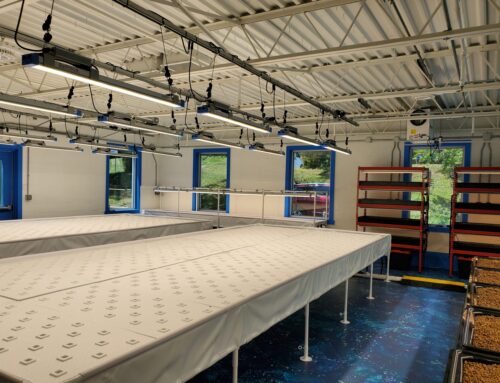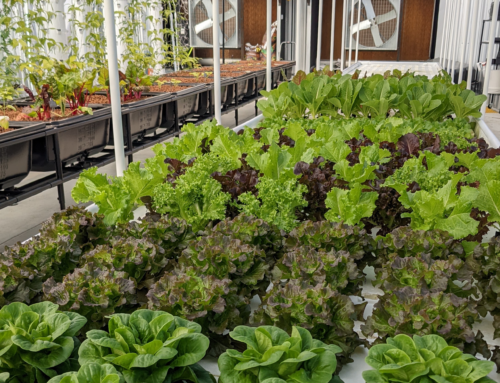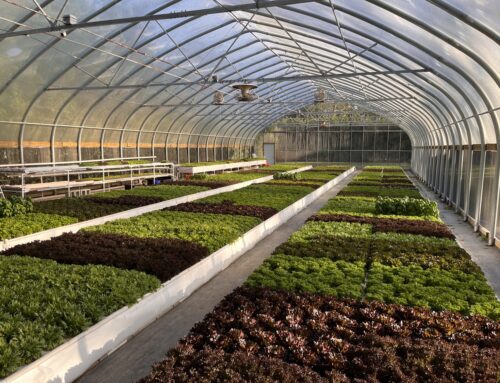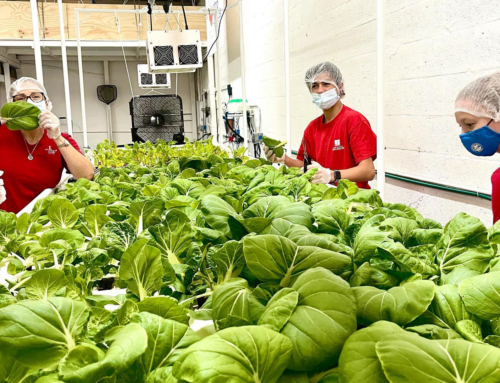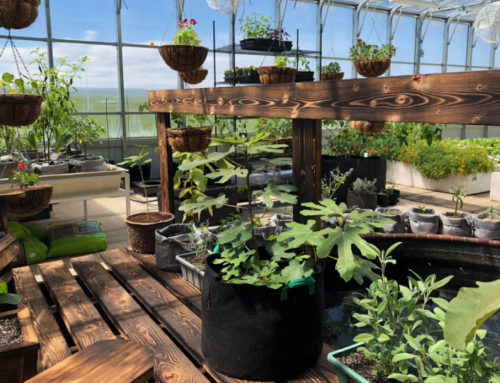Nancy Mattingly’s van bro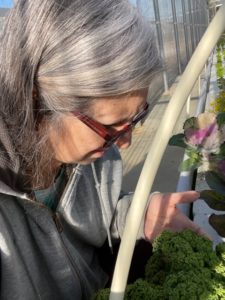 ke down in 1978. It was a should-be catastrophe for the first time mother with a new-born daughter in need of a lift to daycare. Repairs were costly and a new vehicle more so. Nancy didn’t know the ‘how-to’, but she knew the ‘what-to’: she obtained a mechanic’s manual, worked between a full time job at an Air Force base and daycare and, using chits as currency on the military base, rebuilt the van herself for $260.
ke down in 1978. It was a should-be catastrophe for the first time mother with a new-born daughter in need of a lift to daycare. Repairs were costly and a new vehicle more so. Nancy didn’t know the ‘how-to’, but she knew the ‘what-to’: she obtained a mechanic’s manual, worked between a full time job at an Air Force base and daycare and, using chits as currency on the military base, rebuilt the van herself for $260.
Twenty seven years later, Nancy is standing in the same daughter’s apartment, staring into the spectacular: a peace lily growing from within a clear vase with a floor of water, and a zigzagging betta fish swimming beneath a ceiling of unsoiled roots.
Now Nancy is the owner of 7+ acres in Hardin County, Kentucky with enough land to reimagine that vase. She built the greenhouse, surprisingly one of only two in her town, and the only one operating aquaponics, not surprisingly.
“It started with the peace lily,” she says, “Which became ‘Where’s the manual for that?”
Being in rural farm country Kentucky, there is no shortage of land to grow corn, wheat, grain, soy, beans, and other land crops to feed the town. So why aquaponics?
Education. Growing outside is more difficult: Thanks intensifying heat and de-escalating rainfalls. Talking to most, the forecast is bleak. When Nancy thinks aquaponics, she thinks children. The idea is for the farm to be a field trip go-to for schools. A living example of another option. An emerging option. An option less bleak. She’s confident she’ll get the county fair to operate on the same lawn as her greenhouse. The governor is welcome, if he’d like.
Current soil-based agriculture is in dire need of renovation and inspiration. Students need reminding that every day, awesome experiments are yielding awesome encouragements. Whether you served in the Air Force or the first grade, awesome experiments are for everyone to attempt.
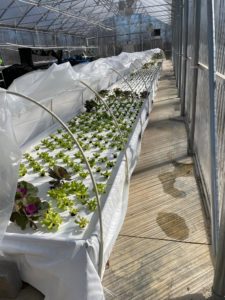
Nancy’s selfmade heat insulation tunnels
Aquaponics is fun. The best fun produces rewards. Which is why Nancy intends for the students to name the fish. Raffles will send a few students home with a piece of the origin story: a Betta fish and a peace lily, aquaponicaly-grown, of course.
Her aquaponics system, designed and built by The Aquaponic Source in 2021 is large even for a team of three: three 4′ x 80′ ground deep water culture troughs, four 500gallon fish tanks, two seedling nursery systems, and an elevated transplanting trough. At full capacity, her system can turn out 43,000 heads of lettuce and 1,000lbs of fish annually.
However, well into the age some out grow work, Nancy treats the future like it’s a memory. Just like rebuilding a car’s engine. Start the manual on page one, turn for page two. Managing any farm is hard work. Don’t be fooled-aquaponics farming is rife with, ‘Are you kidding me’s‘ that come with fish and lettuce handling. It’s not all bacteria under the fingernails and shirts wet at the waist. It takes a green thumb, sure. But demands tolerance for the occasional but anticipated, ‘Are you kidding me?’, so Nancy named her farm Purple Thumb Farms.
The term ‘invisible thread’ gets used to illustrate the common denominator connecting disconnected themes. With Nancy, her invisible thread is self-actualized: pre-requisites aren’t knowledge based. Capability depends less on specific knowledge and more on experiential overlap. Just over a year after her farm was built, production has been anything but actualized; pests took one harvest, poor water quality took the koi, and health issues sidelined Nancy to the point where she couldn’t even plant seeds.
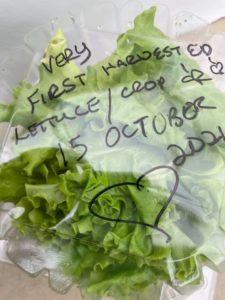 On the flip side, besides not building the greenhouse or install the Aquaponic system herself, there’s not much work that Nancy hasn’t put her thumb to. She wired the electrical, laid the gas lines, built a bio-secure entry, insulated her grow beds with plastic heat-retention tunnels, and is architecting an NFT to grow strawberrys. Work only stops when she’s needed for her shift at the local UPS distribution facility where she packages and ships Covid-19 vaccines. The only thing she doesn’t do: take out the trash. She has to leave something for her husband.
On the flip side, besides not building the greenhouse or install the Aquaponic system herself, there’s not much work that Nancy hasn’t put her thumb to. She wired the electrical, laid the gas lines, built a bio-secure entry, insulated her grow beds with plastic heat-retention tunnels, and is architecting an NFT to grow strawberrys. Work only stops when she’s needed for her shift at the local UPS distribution facility where she packages and ships Covid-19 vaccines. The only thing she doesn’t do: take out the trash. She has to leave something for her husband.
For a non-Nancy, this imperfect sequence of events could inspire insecure realizations about the journey taken on voluntarily. But Nancy never breaks character, that invisible thread still weaving together past, present, future.
As for that that broken down van in 1978?
“Sold it for $600 profit,” she says.

